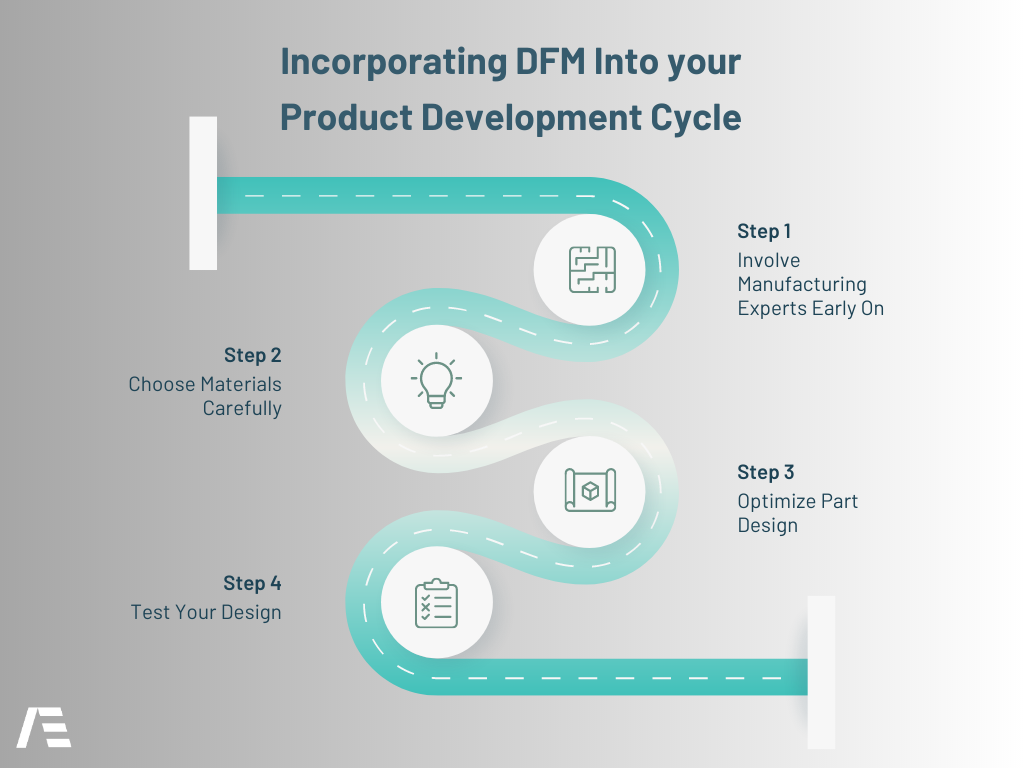From Prototype to Production: The Importance of Design for Manufacturing in the Product Development Cycle
The product development cycle is a complex process that involves several stages, from ideation and prototyping to manufacturing and distribution. At each stage, there are specific challenges that need to be addressed, and design for manufacturing (DFM) is one of them.
DFM is the process of designing a product with the goal of optimizing its manufacturability. The idea is to create a design that can be easily manufactured at scale while minimizing costs and maintaining quality.
Why is DFM important in the product development cycle? How can it help you take your prototype from concept to production? Let’s find out.
The Challenges of Manufacturing
Manufacturing is an essential part of the product development cycle, but it's also one of the most challenging. There are several factors that need to be taken into account when designing a product for manufacturing, including:
Material selection
Manufacturing processes
Assembly methods
Quality control
These factors can have a significant impact on the cost, quality, and scalability of your product. If you don't consider them during the design phase, you may end up with a product that's difficult or expensive to manufacture.
The Benefits of DFM
DFM helps address these challenges by focusing on manufacturability throughout the entire design process. By considering manufacturing constraints early on in the design phase, you can create a more efficient and cost-effective product.
Here are some benefits of incorporating DFM into your product development cycle:
Reduced Costs
Designing for manufacturability can help reduce costs by simplifying manufacturing processes and minimizing waste. For example, if you choose materials that are readily available and easy to work with, you'll reduce material costs and minimize scrap.
Improved Quality
By optimizing your design for manufacturability, you can improve the quality of your product. A well-designed product will have fewer defects and issues during production, resulting in a higher-quality end-product.
Faster Time-to-Market
DFM can also help speed up your time-to-market by reducing lead times and minimizing rework. By creating a design that's optimized for production, you'll be able to get your product out faster without sacrificing quality.
Incorporating DFM into Your Product Development Cycle
Incorporating DFM into your product development cycle requires collaboration between designers and engineers who have expertise in both design and manufacturing. Here are some steps you can take to integrate DFM into your process:
1. Involve Manufacturing Experts Early On
Bring in experts from your manufacturing team early on in the design process so they can provide feedback on manufacturability as well as identify potential issues or opportunities for improvement.
2. Choose Materials Carefully
Select materials that are readily available and easy to work with so that manufacturing processes are simpler and more efficient.
3. Optimize Part Design
Design parts with ease-of-manufacture in mind by avoiding overly complex geometries or features that could cause problems during production.
4. Test Your Design
Prototype early so you can test how well your design works in practice before committing to full-scale production.
Designing products for manufacturability requires careful consideration throughout every stage of the development cycle—from ideation to prototyping to mass-production! By incorporating DFM principles early on in this process, your business is more likely to succeed due to increased efficiency, which ultimately leads to reduced costs over time!
Contact us at sales@appliedengineering.com for more information.

